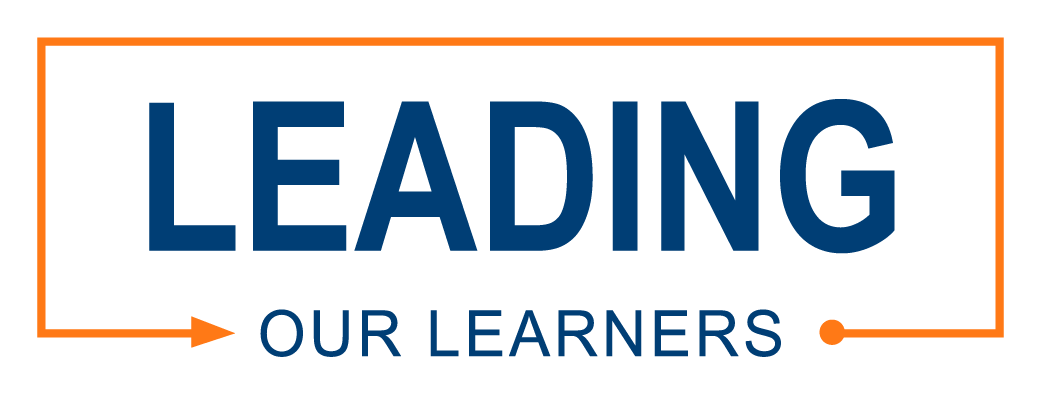We know the purpose of a school board is to establish policies and programs that create the foundation for students’ academic achievement. Board members fulfill these policy responsibilities by functioning as a deliberative body that articulates and adopts policy and selects a superintendent to implement the same. To this end, the National School Boards Association contends that board policy represents the intersection of vision and accountability. View the Policy Sketch Video for a short overview.
Based on requirements at the local, state and federal levels, board policy determines how students are taught, what they are taught, and how schools manage students and school personnel. Policy affects student learning. Research shows that effective school boards focus on establishing a vision supported by policies targeting student achievement.
Policies supporting student achievement are not restricted to curriculum and instruction. The authors of Targeting Student Learning (California School Boards Association) identified eight policy areas that support student learning: board governance, academic standards and assessment, education program, curriculum, instruction, learning environment, professional standards and parent/community engagement.1
What questions can the board use to guide its student achievement policy development? Are there recommended action steps to direct board efforts to effectively lead through policy?
Leading through policy
Regardless of the motivation, in terms of governance, it is clear that boards who lead by policy are more likely to address the most significant issues. Leadership through policy offers the opportunity to:
- align the school district’s actions to meet the board’s vision
- build consensus for the district’s educational mission and philosophies
- lead others to think big about how to drive student achievement — the true work of school boards.
Policy and student achievement
The board is accountable to the public to show the school district is working in the best interest of its students.
When reviewing board policies, take time to look at them with a focus on student achievement. This focus is important throughout the entire policy development process whether it be identifying a need, soliciting stakeholder input, communicating and implementing or reviewing and evaluating policy. While you may be presented with an option to withhold a student’s grades and credits for unpaid fees and fines – is this the direction the board wants to take?
Alternatively, this can be an opportunity to discuss the identification of students who have unpaid fees and to create a collection process ensuring there are no outside barriers for that student prior to withholding grades and credits.
While state and federal law outline many of your school district requirements, several board policies are in place that allow the board the opportunity to clearly define expectations and set high standards for students beyond what statute requires. Closely review areas where you have flexibility and establish goals and objectives. A good place to start is your policies on school district goals and objectives and your educational philosophy. Also consider policies around diverse student learners and parent and family involvement.
When reviewing all policies consider the following:
- Are your policies compliant?
- Do they define and align administrative responsibilities?
- Do they establish the district’s mission and vision?
- Are they reflective of our community?
- Are they enabling and empowering our staff to impact students?
- Are they driving our students to succeed?
If the answer to any of these questions is “no” then take a closer look and consider what tools you may need to better govern through policy to further your district’s goals and student achievement.
For more information on board policy and student achievement, please contact Kenna Haycox or Kyle Lathwell at (614) 540-4000 or (800) 589-OSBA.
Resources
The “File Attachments” located on the right hand side of the page are outstanding policy resources used with the permission of the authoring organization. “Links” as noted under the Resources section of the page, are additional media resources, OSBA services and publications that support district policy efforts.
References
References used on this page may be found using this link: Policy References
